The given figures show the unfolded sheet of paper after holes have been punched on the folded paper. Find the lines of symmetry.
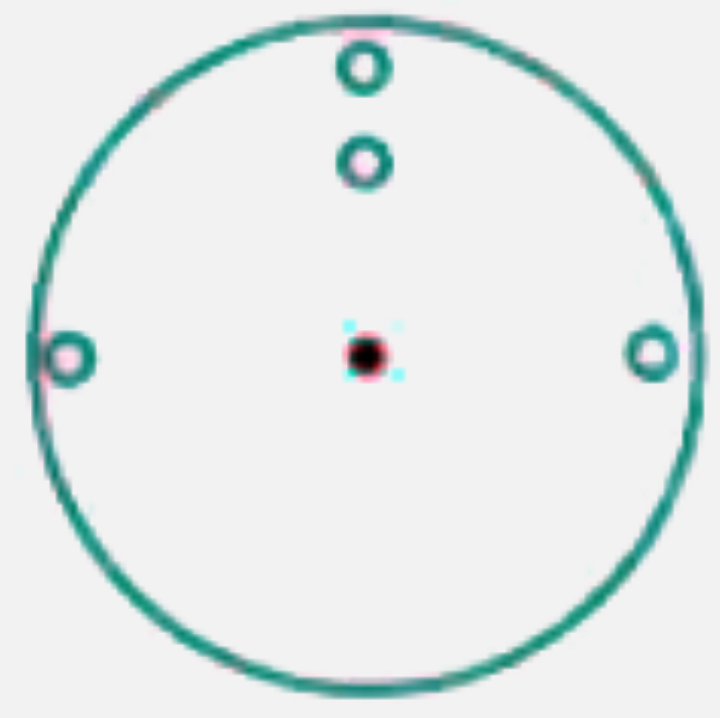
The correct Answer is:(##OXFSMTICSEMATVIIC15E06003_A01##)
Step by step video & image solution for The given figures show the unfolded sheet of paper after holes have been punched on the folded paper. Find the lines of symmetry. by Maths experts to help you in doubts & scoring excellent marks in Class 7 exams.
Similar Questions
Copy the figures with punched holes and find the axes of symmetry for the following:
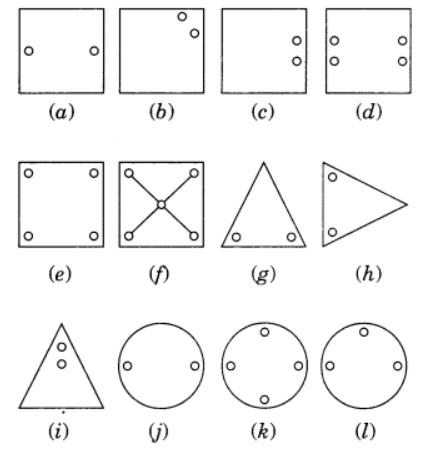 View Solution
View SolutionIn the given figures, the line of symmetry or the mirror line and the punched holes on one half of the sheet is shown. Find the punched holes in the other half of the sheet.
Isosceles triangle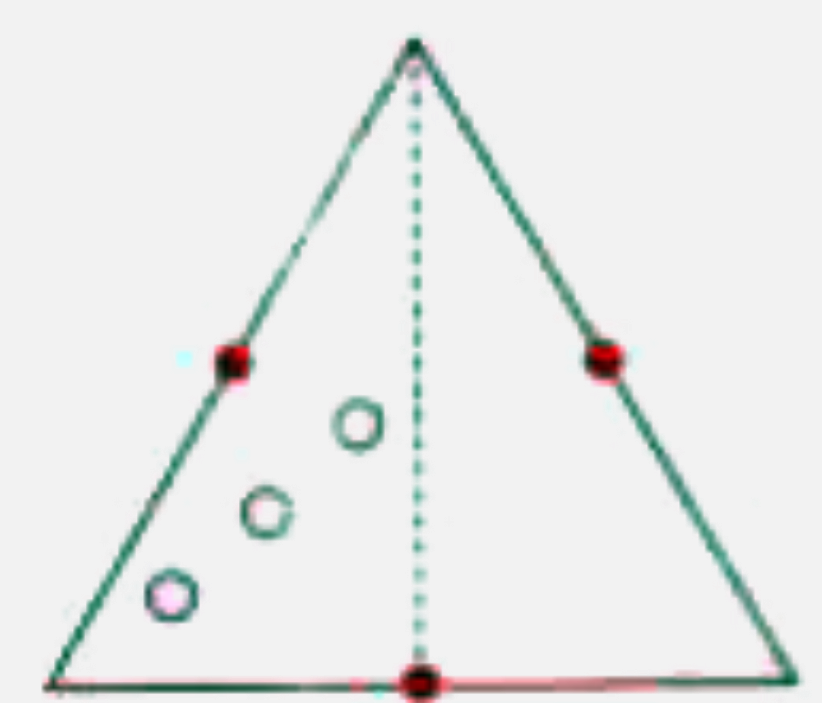 View Solution
View SolutionIn the given figures, the line of symmetry or the mirror line and the punched holes on one half of the sheet is shown. Find the punched holes in the other half of the sheet.
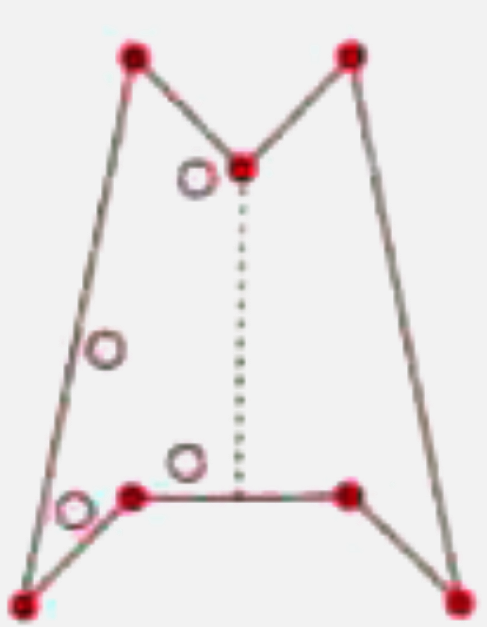 View Solution
View SolutionWhich of the given figures show line/reflection symmetry?
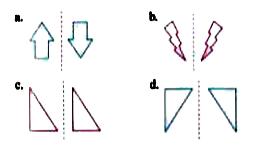 .View Solution
.View SolutionIdentify if the dotted lines in the figures given below are lines of symmetry.
 .View Solution
.View SolutionComplete the shape given below such that the final figure has the lines m and n as the two lines of symmetry.
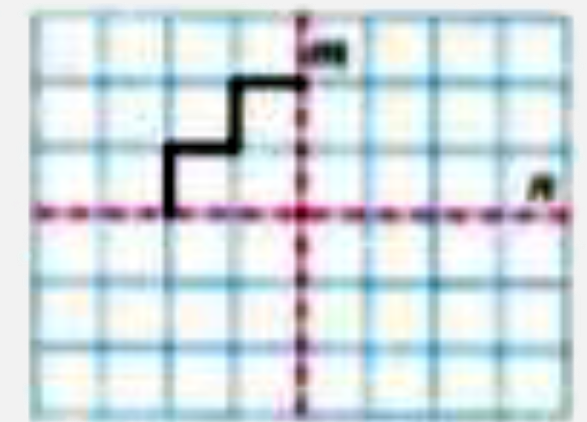 .View Solution
.View SolutionFrom a piece of paper in the shape of a regular hexagon, sectors of circles with the centre at the vertices are removed as shown in the figure. Find the fraction of the vertices are removed as shown in the figure. Find the fraction of the piece of paper left. Also find the perimeter of the piece of paper left in terms of a side of the hexagon
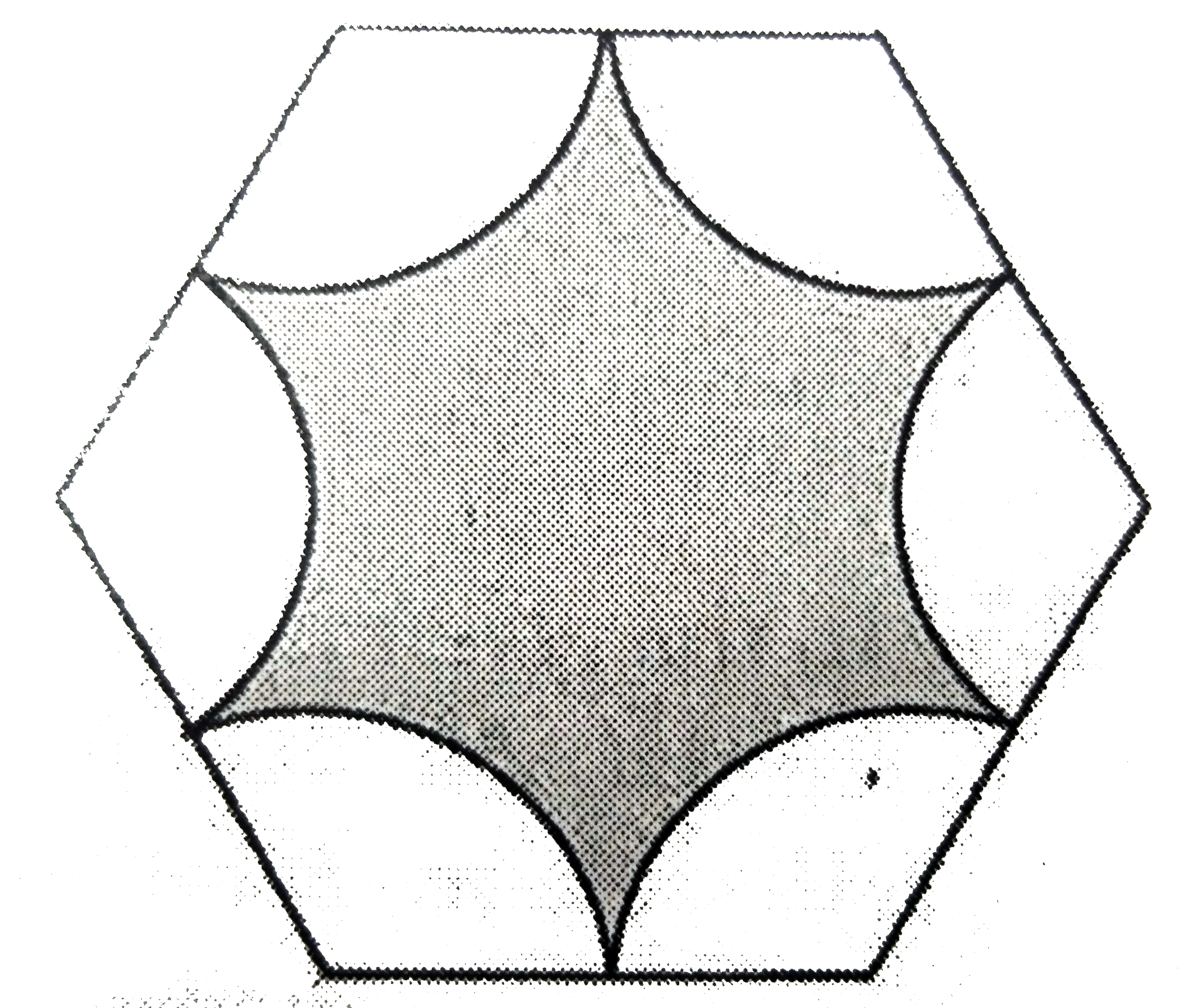 View Solution
View SolutionA bundle of 500 sheets of paper has a net weight of 2 310 kg. Find the weight of 1 sheet of paper.
View SolutionThe following figures have more than one line of symmetry. Such figures are said to have multiple lines of symmetry.

Identify multiple lines of symmetry, if any, in each of the following figures: View Solution
View SolutionOne corner of a long rectangular sheet of paper of width 1 unit is folded over so as to reach the opposite edge of the sheet. Find the minimum length of the crease.
View Solution

